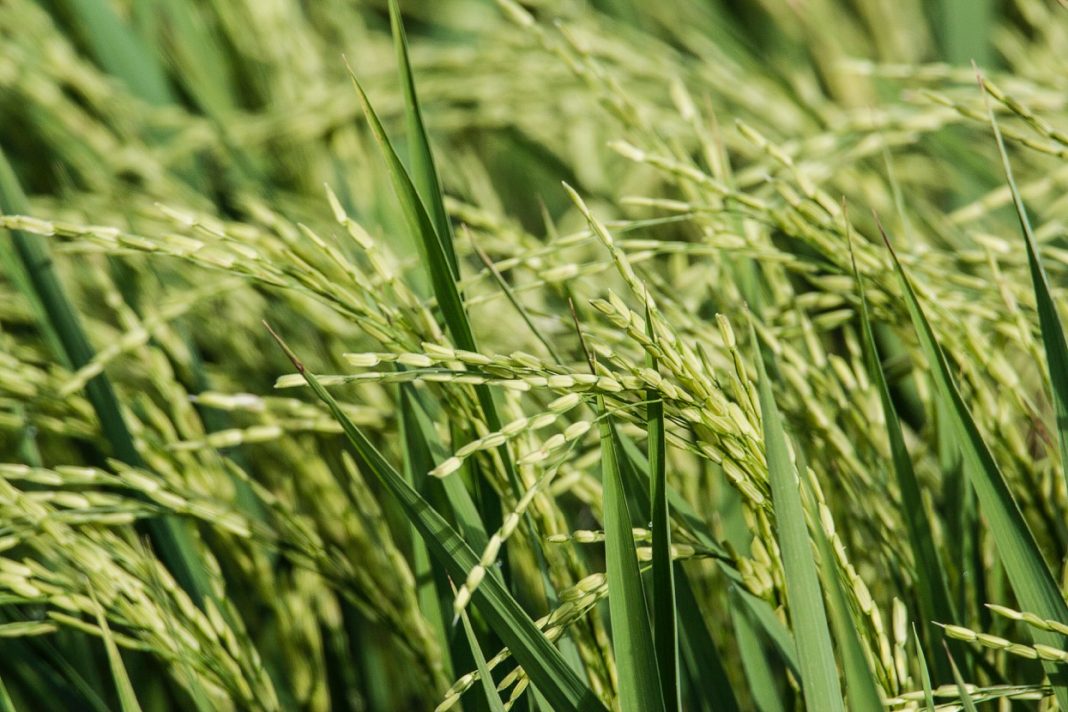A week after President Ferdinand Marcos Jr. announced a two-month suspension of rice importation starting September 1, farm gate prices of palay have begun to rise in six of the 13 key rice-producing regions, according to data from the National Food Authority (NFA).
Agriculture Secretary Francisco P. Tiu Laurel Jr. said the government is closely monitoring market reactions to the impending import ban, which was ordered after reports showed palay prices dropping as low as P8 per kilo—well below the estimated production cost of around P12 per kilo for the most efficient farmers.
“We are watching the market’s response to the rice import suspension very closely,” Secretary Tiu Laurel said. “If palay prices remain low during the ban, we may consider extending it, or recommend that President Marcos increase tariffs. And if prices of palay rise, we could shorten the ban.”
Global rice prices have fallen significantly this year compared to 2024 due to India lifting its export ban on non-basmati rice last September, bumper harvests in major exporting countries, weaker demand from importers, and reduced tariffs. These factors have encouraged importers to buy more rice from countries like Vietnam.
In April and May, rice importers brought in nearly 970,000 metric tons—almost three months’ worth of consumption—despite record palay harvests. The Philippines’ palay output reached a record 9.08 million metric tons in the first half of 2025, supporting the Department of Agriculture’s goal of an all-time high production level of 20.46 million tons this year.
“ The objective of the import ban is to allow the price of palay to a level that will give the farmers income, and the steady rise of palay price is a relief. We just hope that the other players in the industry will do their share by not taking advantage by spreading speculations,”NFA Administrator Larry Lacson said.
NFA monitoring shows traders’ buying prices for dry palay increased by 0.3 to 2.6 percent since late July—just before President Marcos ordered the ban–in Central Luzon (which includes major producer Nueva Ecija), Bicol, Central Visayas, and parts of Mindanao.
Average prices ranged from P16.98 per kilo in Central Luzon to P20.59 in Southern Mindanao. Prices held steady at P16.52 in Southern Tagalog and P17.60 in Western Visayas.
Conversely, prices dropped sharply in Ilocos, Cagayan Valley, Eastern Visayas, Northern Mindanao, and BARMM, with the lowest at P14.43 per kilo in Cagayan Valley and the highest at P21.67 in BARMM.




